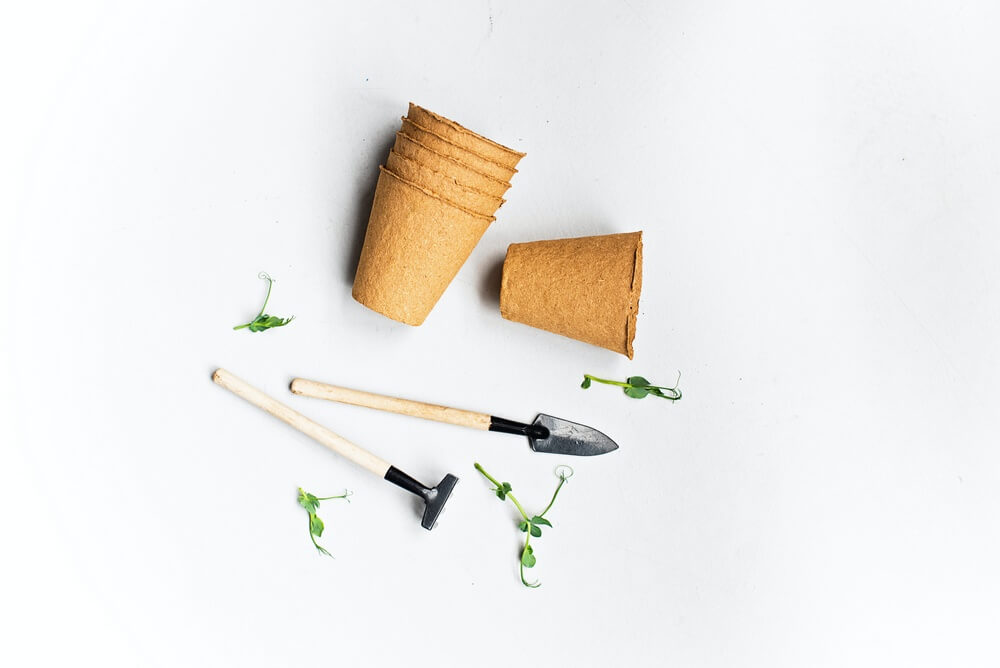As society becomes increasingly environmentally conscious, companies are searching for ways to reduce their carbon footprint. One way to do so is by using biodegradable materials. Biodegradable materials break down naturally and do not harm the environment. In this article, we will discuss the advantages of using biodegradable shipping materials and explore the different types of materials available.
Types of Biodegradable Packaging Materials
Biodegradable packaging materials come in several types, each with unique properties. Here are some of the most commonly used biodegradable materials:
Biodegradable Plastics
Biodegradable plastics are a type of plastic that can break down naturally through a biological process. Unlike traditional plastics, which can take hundreds or thousands of years to decompose, biodegradable plastics can break down in a matter of months or years, depending on the type of plastic and the environmental conditions.
There are two types of biodegradable plastics: bioplastics and oxo-biodegradable plastics. Bioplastics are made from renewable resources such as cornstarch, sugarcane, or potato starch. They are designed to break down into organic matter through a process called composting. Bioplastics are an eco-friendly alternative to traditional plastics as they reduce our reliance on fossil fuels and do not contribute to greenhouse gas emissions.
Oxo-biodegradable plastics, on the other hand, are made from traditional plastics such as polyethylene, but are chemically treated with additives that allow them to break down faster. When exposed to sunlight, heat, and oxygen, the plastic breaks down into smaller fragments, which then biodegrade over time. While oxo-biodegradable plastics are not compostable like bioplastics, they are still considered a more environmentally friendly option than traditional plastics.
It’s important to note that not all biodegradable plastics are created equal. Some biodegradable plastics require specific environmental conditions to break down, such as high temperatures or specific microorganisms. Additionally, some biodegradable plastics may only partially break down, leaving behind microplastics that can still harm the environment. As such, it’s essential to choose biodegradable plastics that have been certified by reputable organizations to ensure that they meet specific environmental standards.
Mushroom Packaging
Mushroom packaging is a type of biodegradable packaging material made from agricultural waste and mycelium, the root structure of mushrooms. It is also known as mycelium-based packaging or myco-packaging.
The process of creating mushroom packaging involves combining agricultural waste, such as corn stalks or hemp hurds, with mushroom mycelium. The mixture is then molded into various shapes and sizes, such as trays, packaging blocks, or insulation panels. As the mycelium grows, it binds the agricultural waste together, creating a strong and durable material that can replace traditional packaging materials such as polystyrene foam.
Mushroom packaging is a sustainable alternative to traditional packaging materials because it is biodegradable, compostable, and non-toxic. It breaks down naturally in the environment and can be safely composted at home or in industrial facilities. It is also renewable and requires fewer resources to produce than traditional packaging materials.
Mushroom packaging has several advantages over other biodegradable packaging materials. For example, it can be customized to fit a wide range of products and is lightweight, making it an excellent option for shipping products. It is also fire-resistant and provides excellent insulation, making it ideal for packaging fragile or temperature-sensitive products.
While mushroom packaging is still a relatively new technology, it is gaining popularity as more companies seek sustainable packaging solutions. Several companies have already started using mushroom packaging, including Dell and IKEA. With its many advantages and environmental benefits, mushroom packaging is a promising option for the future of sustainable packaging.
Biodegradable Paper
Biodegradable paper, made from recycled or virgin pulp, is an eco-friendly option for packaging. It is easily recyclable and biodegradable, making it an excellent choice for sustainable packaging.
The Most Eco-Friendly Packaging Material
While biodegradable materials are environmentally friendly, some are more sustainable than others. The most eco-friendly packaging material is one that is not only biodegradable but also compostable.
Compostable materials, such as cornstarch-based plastics, break down into nutrient-rich soil, which can be used to grow plants. Compostable materials are the most sustainable option as they close the loop on the waste cycle.
Zero-Waste Packaging Materials
Zero-waste packaging materials aim to create a circular economy, where nothing is wasted. These materials are designed to be reused, repurposed, or recycled, reducing the amount of waste that goes into landfills.
Examples of zero-waste packaging materials include glass jars, stainless steel containers, and cloth bags. These materials can be reused and repurposed multiple times, reducing waste and conserving resources.
At Printonpack.com, we understand the importance of sustainable packaging. As a marketplace that connects customers with over 120 packaging manufacturers, we can help you find the best packaging solutions. Whether you’re looking for biodegradable materials or zero-waste options, we have you covered. Thank you for reading this article, and please contact us at Printonpack.com for all your packaging needs. We would be delighted to help you.
